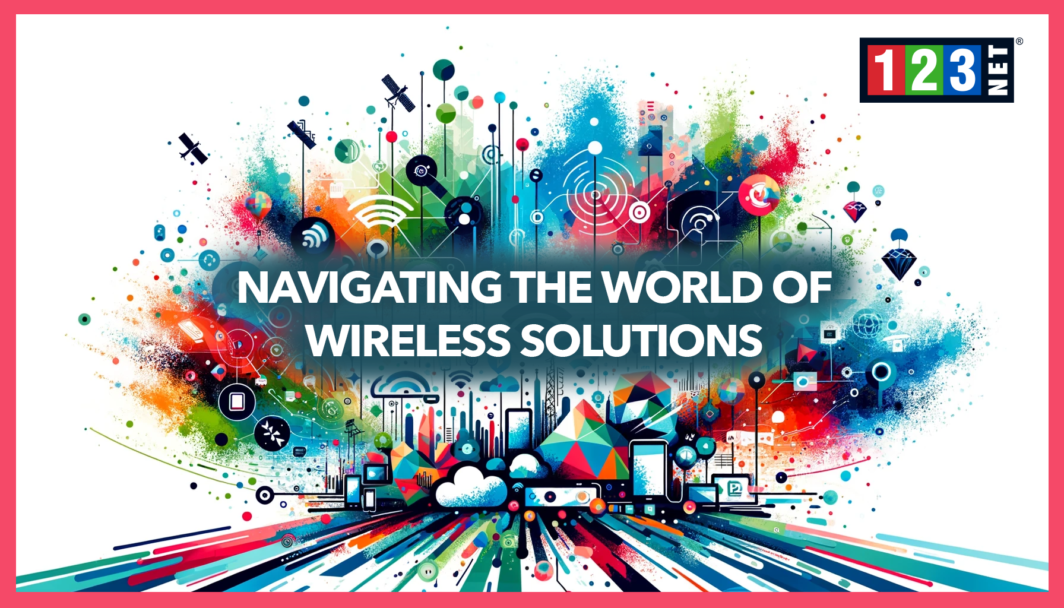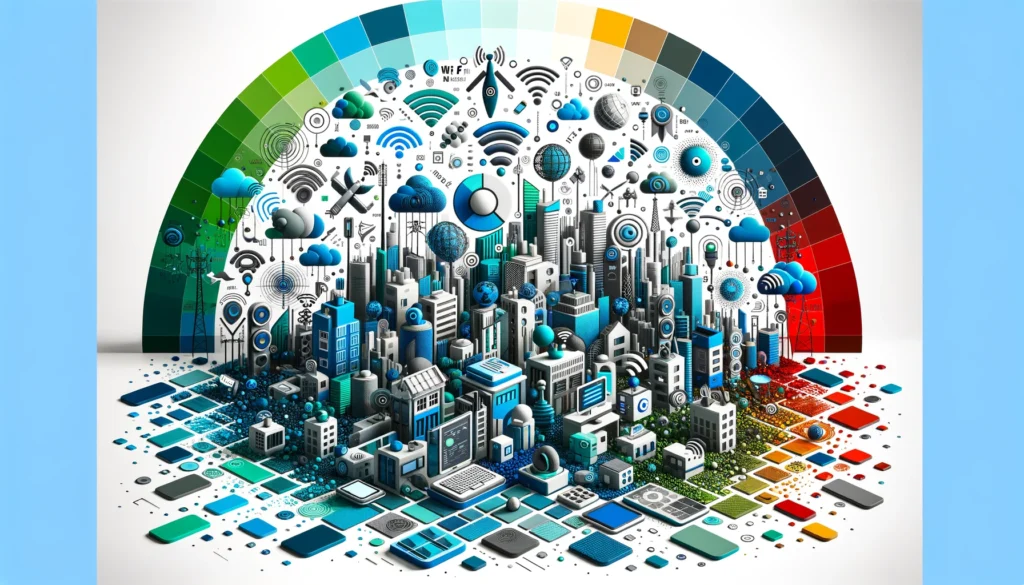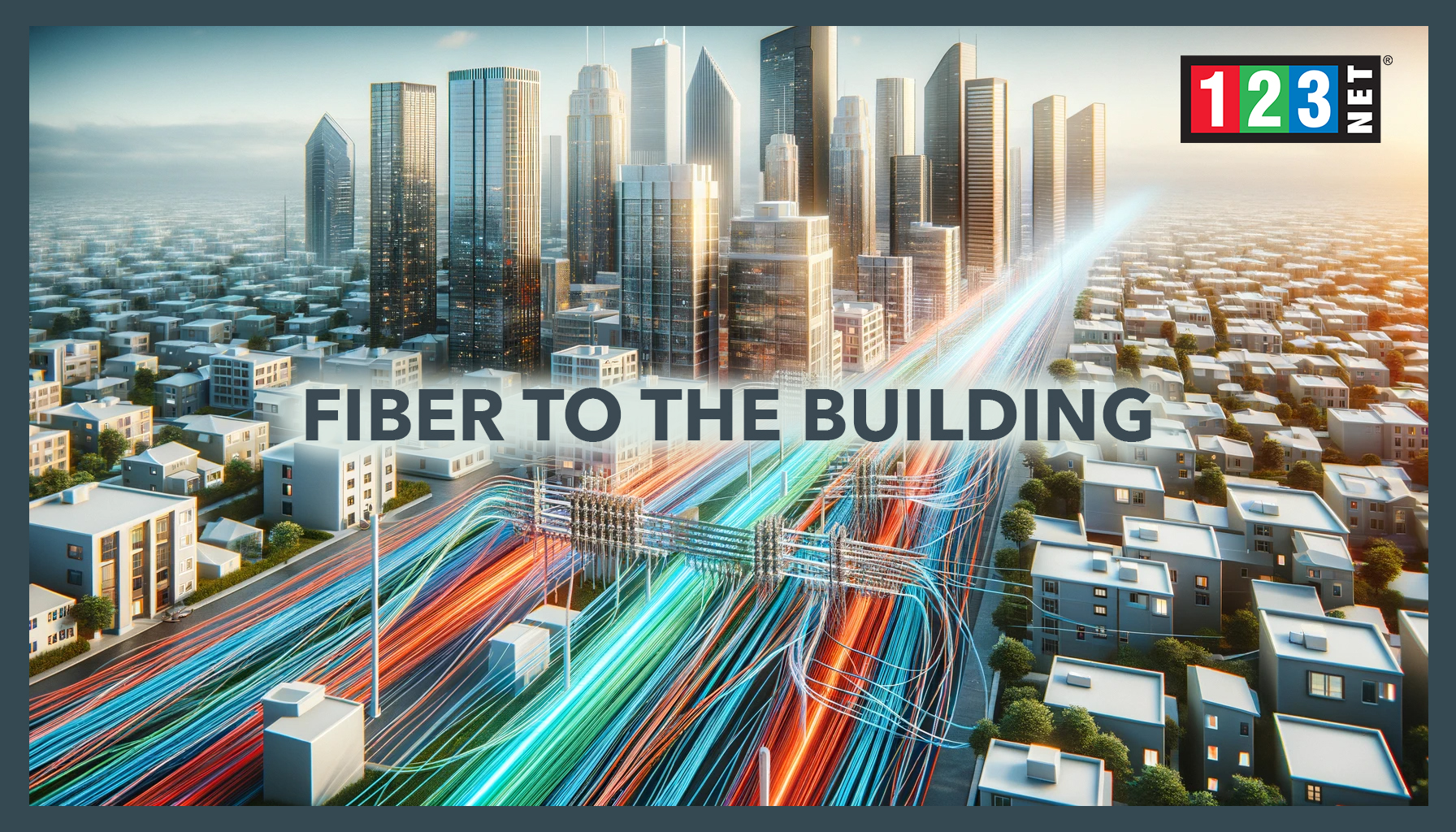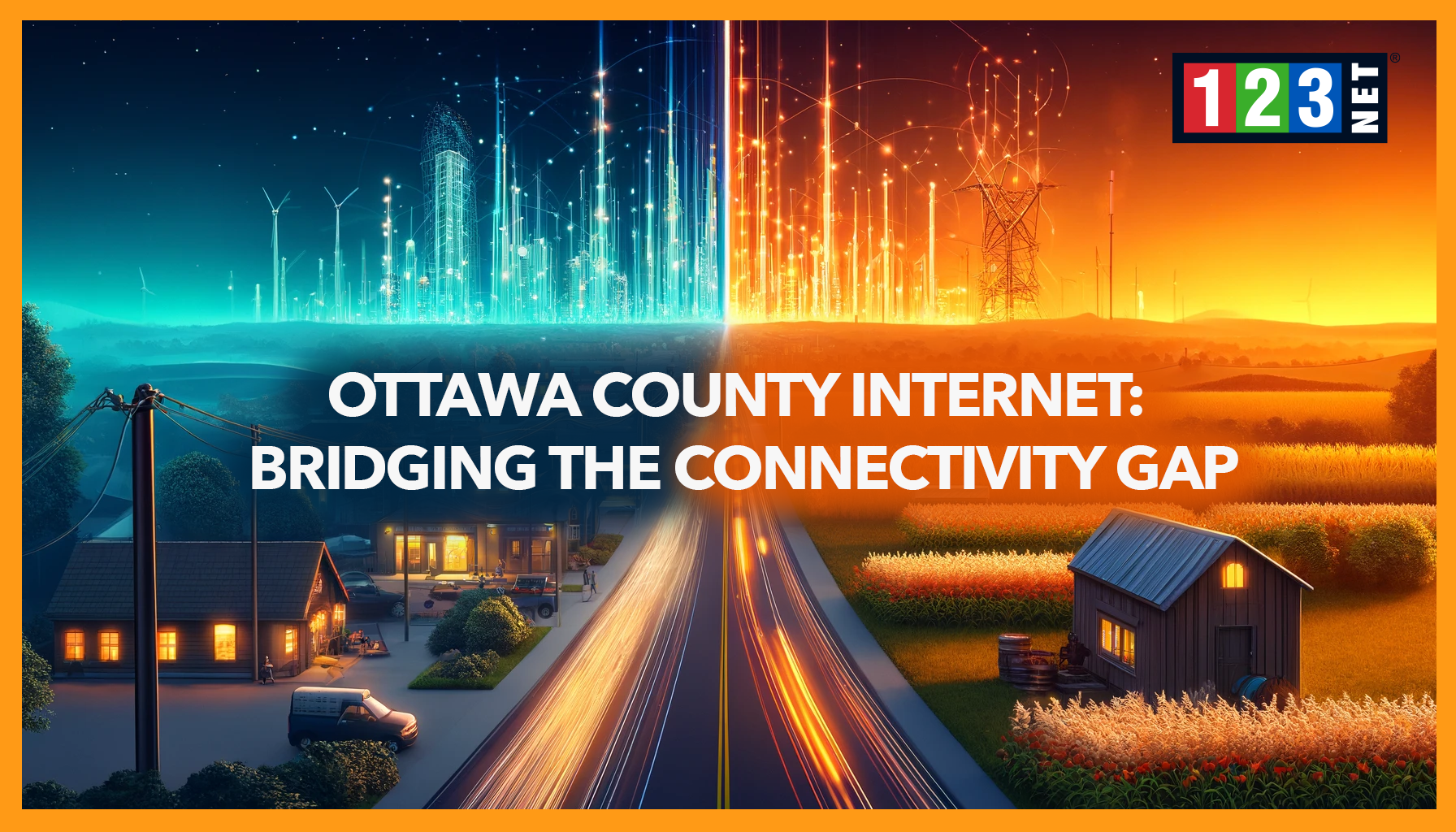
Introduction to Wireless Solutions
Wireless solutions refer to technologies and services that enable devices to communicate and share data over a distance without the need for physical connections, such as wires or cables. This concept has evolved significantly since the advent of radio communications in the late 19th century, transitioning from basic telegraphy to complex digital systems. The importance of wireless solutions in today’s digital world cannot be overstated, as they underpin a wide range of applications—from mobile communications to the Internet of Things (IoT), enhancing connectivity and flexibility across various sectors. As we delve deeper into the digital age, wireless technology continues to play a pivotal role in bridging distances and enabling seamless interaction between devices.
Types of Wireless Solutions
The landscape of wireless solutions is diverse, encompassing a range of technologies each designed to meet specific connectivity needs and applications. At the core of this ecosystem are five key types of wireless technologies, each with its unique characteristics and use cases.
Wi-Fi stands as a cornerstone of local area networking, offering a convenient and widespread means for devices to access the internet and interact with each other within a relatively short range. Its ubiquity in homes, workplaces, and public spaces makes it a fundamental pillar of modern digital communication, supporting a vast array of devices from smartphones to smart home gadgets.
Bluetooth technology specializes in short-range data exchange, serving as the backbone for connecting peripherals such as headsets, keyboards, and mice to computers or smartphones. Its low power consumption and easy pairing process make it ideal for personal device connectivity, enhancing user experiences through seamless, wireless interactions.
NFC (Near Field Communication) introduces a layer of simplicity and security in contactless transactions and data exchanges. This technology enables a touch-and-go interaction between devices, making it perfect for payment systems, ticketing, and secure access controls, thereby streamlining operations in retail and event management.
Cellular Networks, particularly the latest generations like 4G and 5G, are the lifelines of wide-area wireless connectivity. They not only facilitate mobile internet access and communication over vast distances but also boast increasing speeds and reliability. This makes them essential for not just personal communication but also for powering IoT devices and services that require a stable and fast internet connection across different geographies.
Satellite Communications emerge as the global connector, offering data transmission and communication capabilities that reach the most remote corners of the planet. This technology is indispensable for areas lacking terrestrial infrastructure, providing critical support for emergency services, maritime navigation, and rural connectivity.

Benefits of Wireless Solutions
Wireless technology stands as a beacon of progress in the digital age, offering a suite of benefits that cater to the dynamic needs of today’s society. Among its most celebrated advantages are flexibility and mobility, which empower users with the freedom to stay connected on the go, unfettered by the limitations of physical location. This facet of wireless technology is instrumental in today’s fast-paced world, allowing individuals and professionals to access information and communicate seamlessly, irrespective of where they are.
Scalability is another critical advantage, as wireless solutions effortlessly support the exponential growth of devices and users. This capability is vital in an era where the proliferation of smart devices and the Internet of Things (IoT) demand a robust framework that can adapt to increasing loads without compromising performance.
Moreover, the adoption of wireless technology significantly reduces the reliance on costly physical infrastructure. By eliminating the need for extensive wiring and hardware, organizations can achieve substantial cost savings, redirecting resources towards innovation and development.
Enhanced connectivity is perhaps one of the most profound benefits. It is revolutionizing how data is exchanged and communication is conducted across diverse environments. This improved connectivity ensures that real-time interactions are smoother and more reliable. It is enabling businesses, healthcare providers, educators, and individuals to share information quickly and efficiently.
In sum, wireless technology reshapes our digital landscape by offering unmatched flexibility, scalability, cost efficiency, and connectivity. These advantages not only streamline daily operations but also pave the way for future innovations. It is making wireless solutions a cornerstone of modern communication.
Applications of Wireless Solutions
Wireless solutions have seamlessly integrated into various sectors, revolutionizing the way we live, work, and interact with the world around us. These technologies have paved the way for advancements in several key fields. Each leveraging the unique benefits of wireless connectivity to enhance efficiency, accessibility, and innovation.
Internet of Things (IoT) has emerged as a pivotal area where wireless solutions thrive. By enabling smart devices to connect and communicate with each other, IoT facilitates a level of automation and efficiency previously unattainable. This interconnectedness allows for the optimization of everything from home energy systems to industrial processes. Making our environments smarter and more responsive to our needs.
In Smart Homes and Cities, wireless technology is the linchpin that supports the remote management of infrastructure and household devices. It empowers cities to become more sustainable and efficient through intelligent traffic management, waste disposal, and energy usage. Similarly, homeowners enjoy the convenience of controlling lighting, heating, and security systems. With the touch of a button, transforming the living experience.
The Healthcare sector has seen transformative changes with the adoption of wireless solutions. Wearable technology and remote access to health services have revolutionized patient monitoring and data management. This has not only improved the quality of care but also made healthcare more accessible, particularly in remote areas.
Education benefits from wireless technology through enhanced interactive learning experiences. Students can access a wealth of digital resources from anywhere. It will be breaking down the barriers to education and fostering a more engaging and inclusive learning environment.
In Business and Industry, wireless solutions support remote work, supply chain management, and digital communication. This will be enabling businesses to operate more fluidly and respond to market demands more dynamically. This has been particularly crucial in maintaining continuity and resilience in the face of global challenges.
Challenges and Considerations
Wireless solutions have become integral to various sectors, driving significant advancements and reshaping our interactions with technology. These innovations offer unparalleled efficiency, accessibility, and the potential for groundbreaking developments across numerous fields.
In the realm of the Internet of Things (IoT), wireless connectivity has ushered in an era of automation and efficiency. By enabling smart devices to communicate, IoT transforms homes and industries into interconnected ecosystems, optimizing processes and enhancing convenience.
Smart Homes and Cities benefit immensely from wireless technologies, which facilitate remote management of infrastructure and devices. This supports more sustainable urban living through intelligent systems for traffic, waste management, and energy conservation. While homeowners enjoy the luxury of controlling their environment with simplicity and ease.
The Healthcare sector has experienced transformative changes through the adoption of wireless solutions. Innovations like wearable technology and remote health services have revolutionized patient care, offering improved monitoring, better data management, and making healthcare accessible even in remote locations.
Education has also leveraged wireless technology to break down traditional barriers. Enhanced interactive learning and easy access to digital resources make education more engaging and inclusive. It will be extending learning opportunities beyond physical classrooms.
In Business and Industry, wireless solutions facilitate remote work, improve supply chain management, and streamline digital communication. This adaptability has been crucial for businesses to maintain operations and resilience amidst challenges. Showcasing the dynamic capabilities of wireless technology in fostering growth and continuity.
Future of Wireless Solutions
The horizon of wireless technology glows with promise, highlighted by the advent of 6G and further advancements in the Internet of Things (IoT). These technologies are poised to redefine the digital landscape with unprecedented data speeds, reduced latency, and bolstered reliability. It can potentially transforming our technological interactions. The advent of 6G signals a future where digital communication becomes even more seamless and efficient. It will be offering capabilities that could revolutionize everything from smart cities to telemedicine. Meanwhile, IoT continues to evolve, embedding intelligence in everyday objects and creating a more interconnected and automated world.
However, these exciting developments are not without their challenges. The imperative to ensure equitable access becomes paramount, ensuring that the benefits of these innovations are universally accessible. However they are not limited to certain regions or demographics. Moreover, the increasing sophistication of these networks introduces complex security concerns. As well as necessitating advanced solutions to protect data integrity and user privacy. Addressing these issues is crucial for maximizing the potential of wireless technology and steering its future.

FAQs Section
- What are wireless solutions? A: Technologies enabling communication and data sharing without physical connections.
- How secure are wireless solutions? A: While inherently secure, they require ongoing measures to protect against evolving threats.
- Can wireless solutions work in remote areas? A: Yes, especially with technologies like satellite communications.
- What is the future of wireless solutions? A: Continued innovation, with emerging technologies like 6G enhancing connectivity and applications.
Conclusion
Wireless solutions have become an integral part of our digital landscape, offering unmatched flexibility, mobility, and connectivity. As we continue to embrace wireless technology, it’s essential to consider both its vast potential and the challenges it presents. Addressing security, coverage, and regulatory issues, we can ensure that wireless solutions remain a powerful force for innovation and progress in our increasingly connected world.




